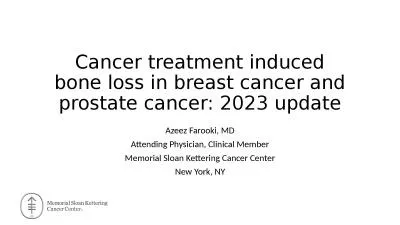PPT-Understanding Cancer and Related Topics
Author : nersonvisa | Published Date : 2020-06-15
Understanding Cancer Developed by Lewis J Kleinsmith PhD Donna Kerrigan MS Jeanne Kelly Brian Hollen Discusses and illustrates what cancer is explains the link between
Presentation Embed Code
Download Presentation
Download Presentation The PPT/PDF document "Understanding Cancer and Related Topics" is the property of its rightful owner. Permission is granted to download and print the materials on this website for personal, non-commercial use only, and to display it on your personal computer provided you do not modify the materials and that you retain all copyright notices contained in the materials. By downloading content from our website, you accept the terms of this agreement.
Understanding Cancer and Related Topics: Transcript
Download Rules Of Document
"Understanding Cancer and Related Topics"The content belongs to its owner. You may download and print it for personal use, without modification, and keep all copyright notices. By downloading, you agree to these terms.
Related Documents

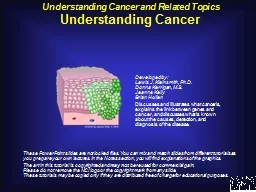

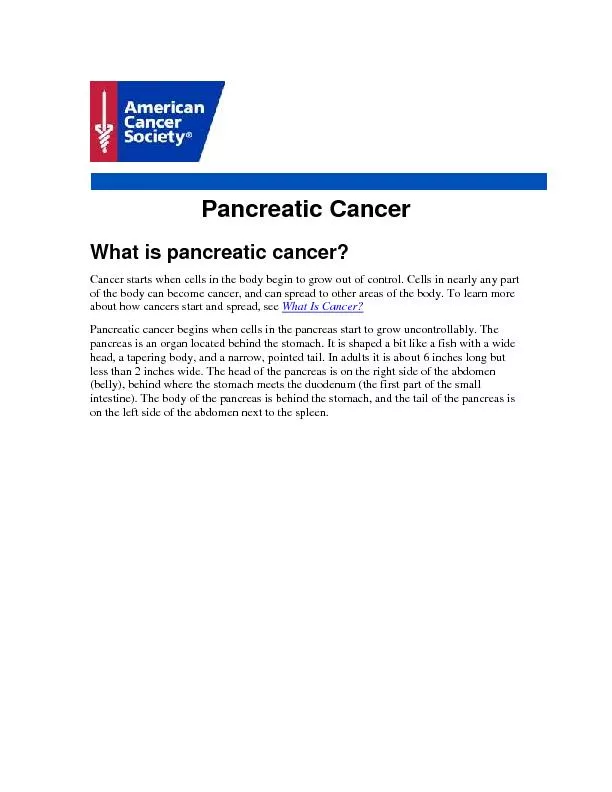
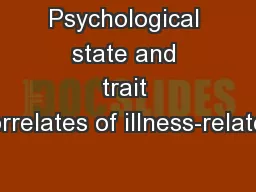
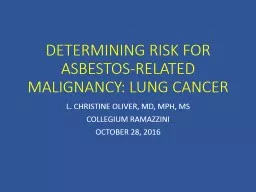
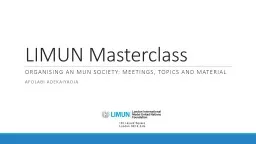
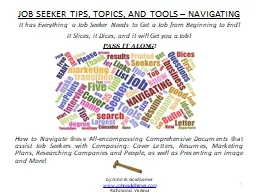
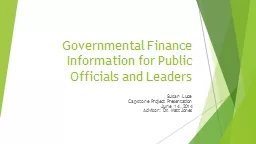
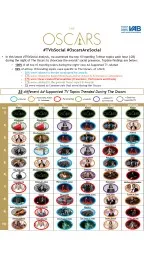
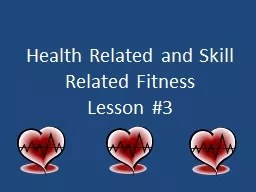
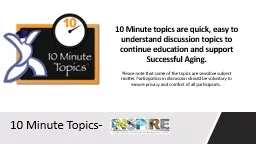
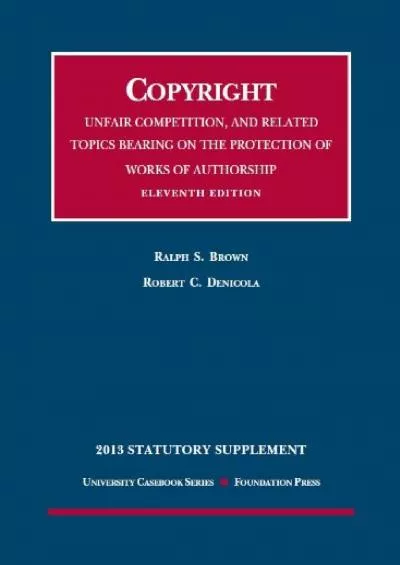
![[PDF] DOWNLOAD Copyright, Unfair Competition, and Related Topics Bearing on the Protection](https://thumbs.docslides.com/1020251/pdf-download-copyright-unfair-competition-and-related-topics-bearing-on-the-protection-of.jpg)
